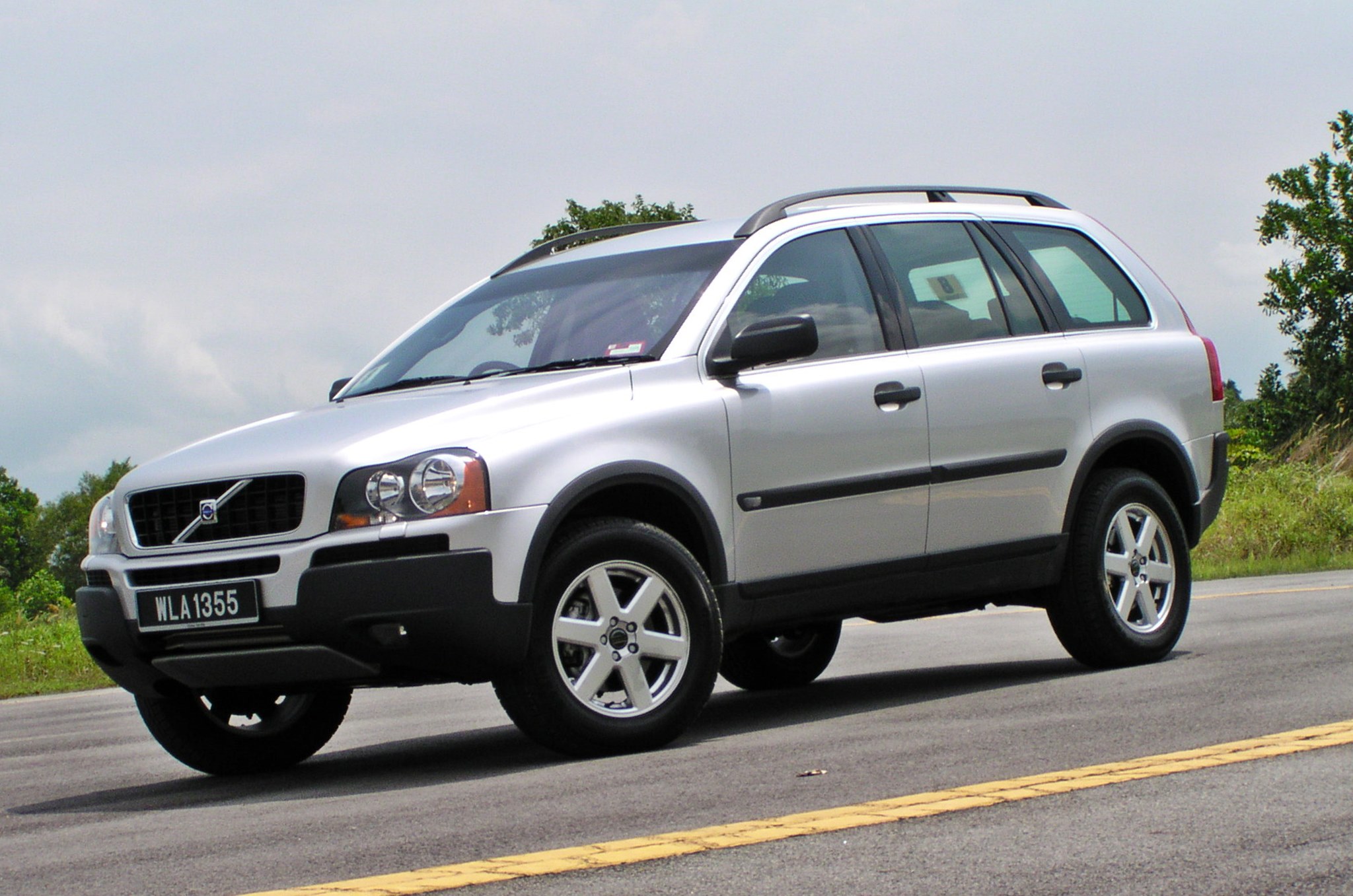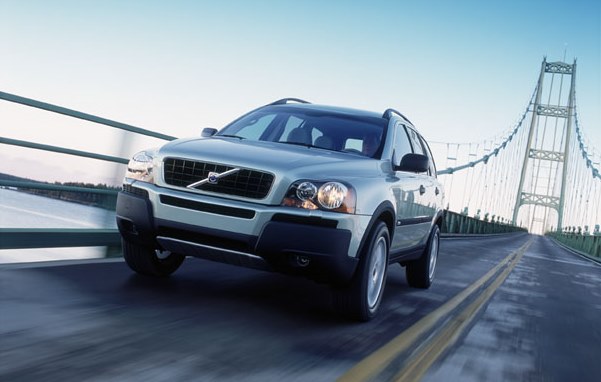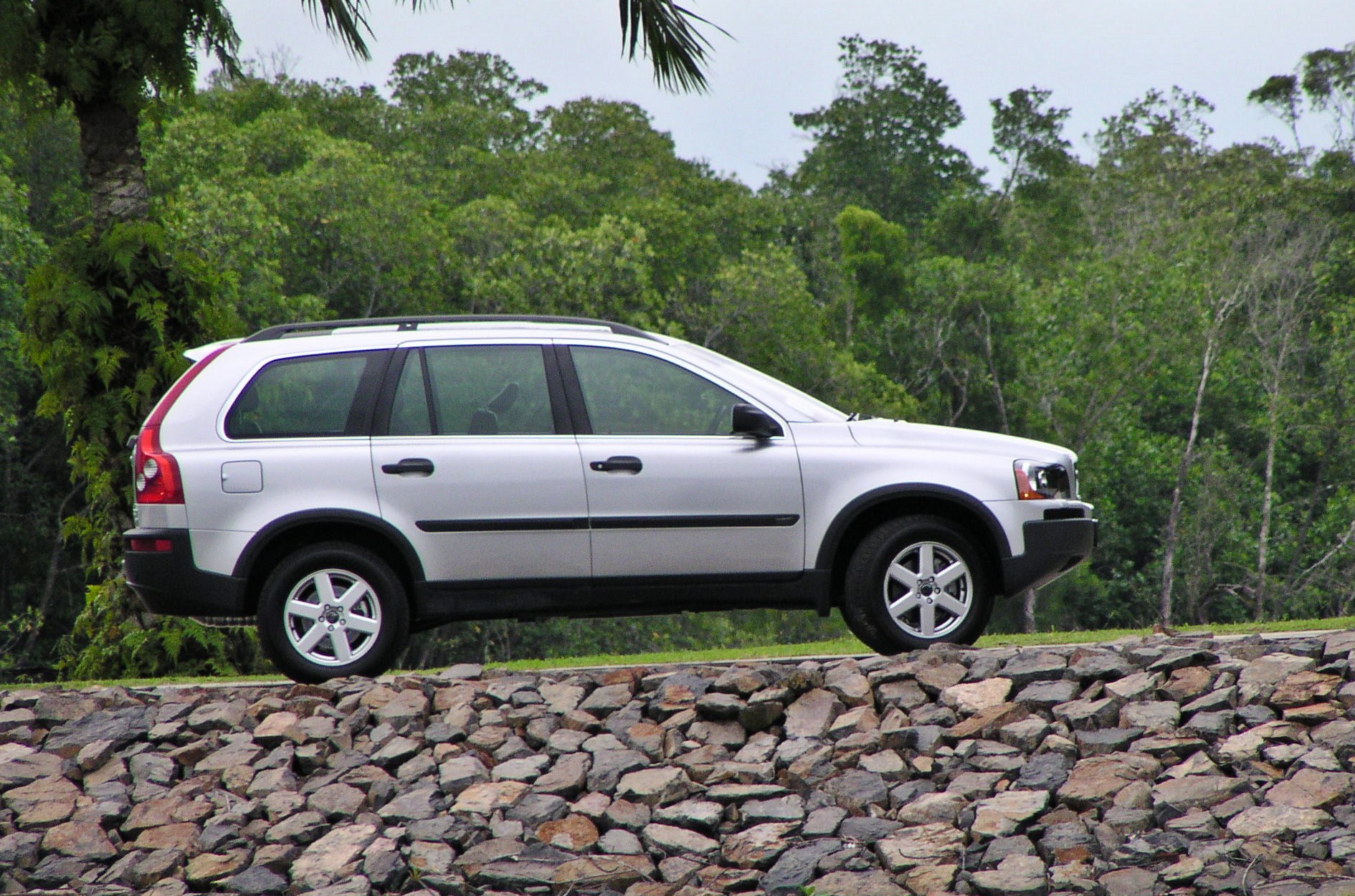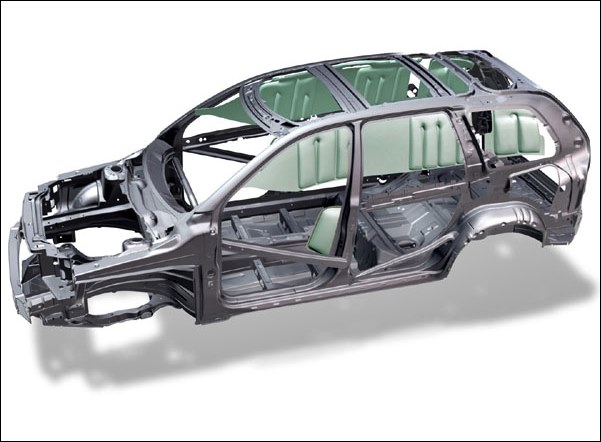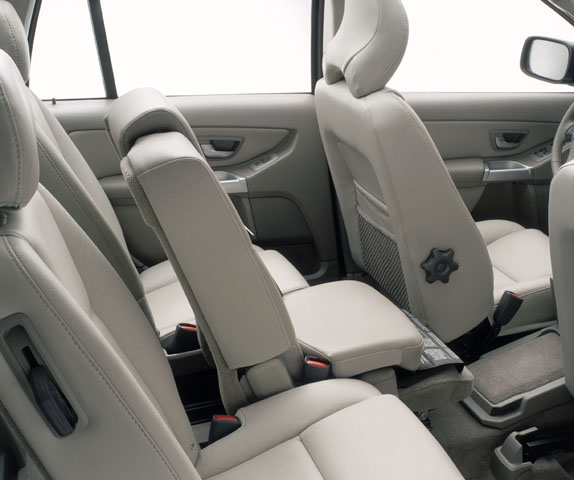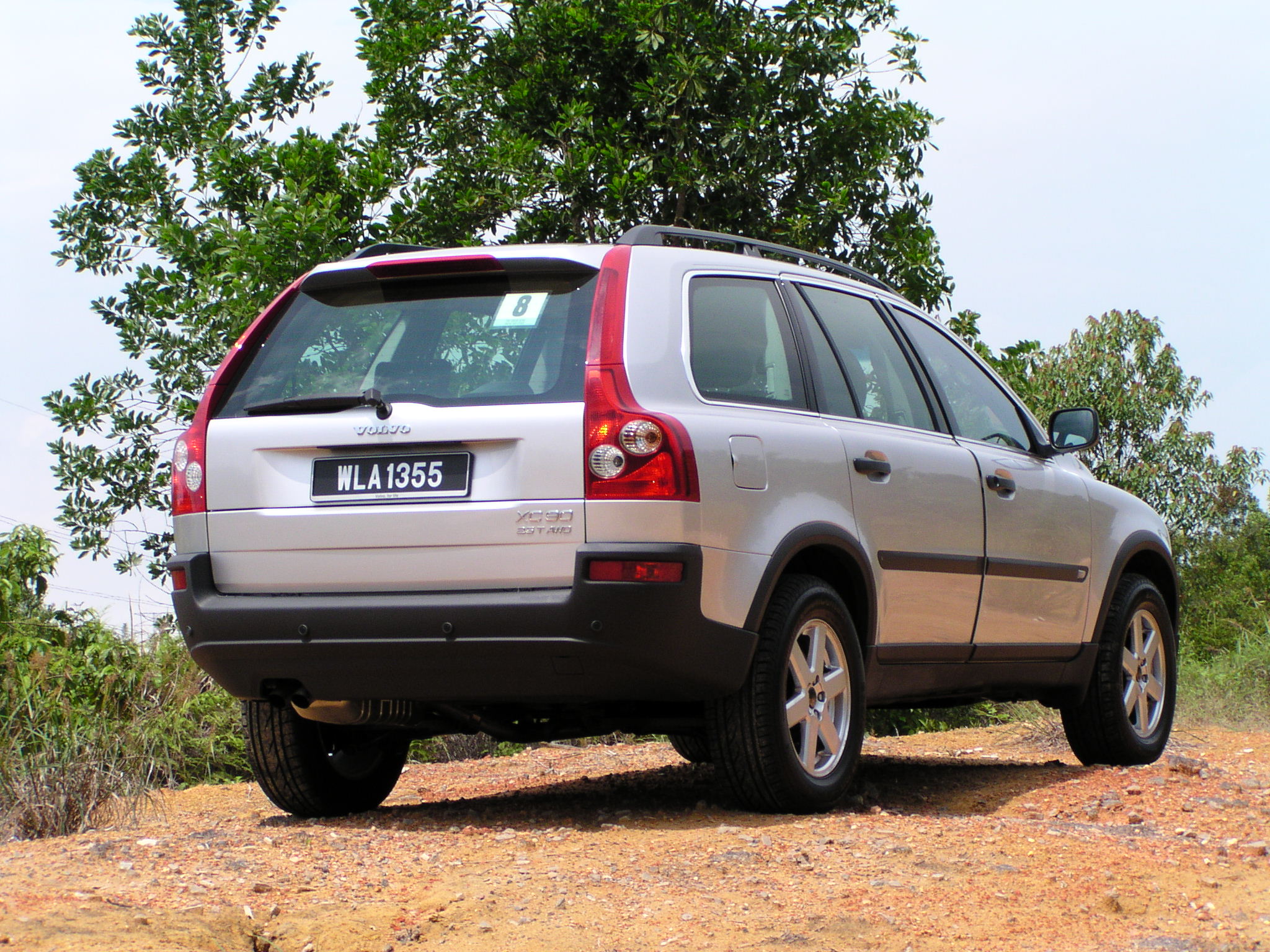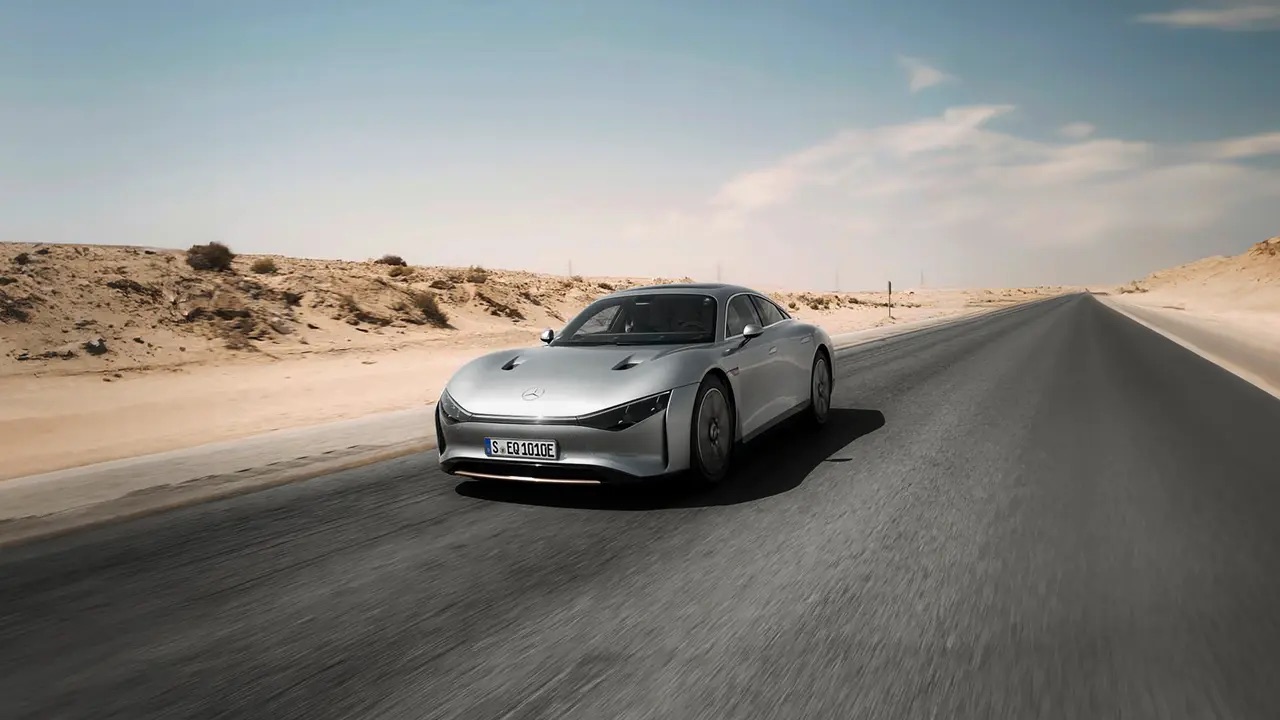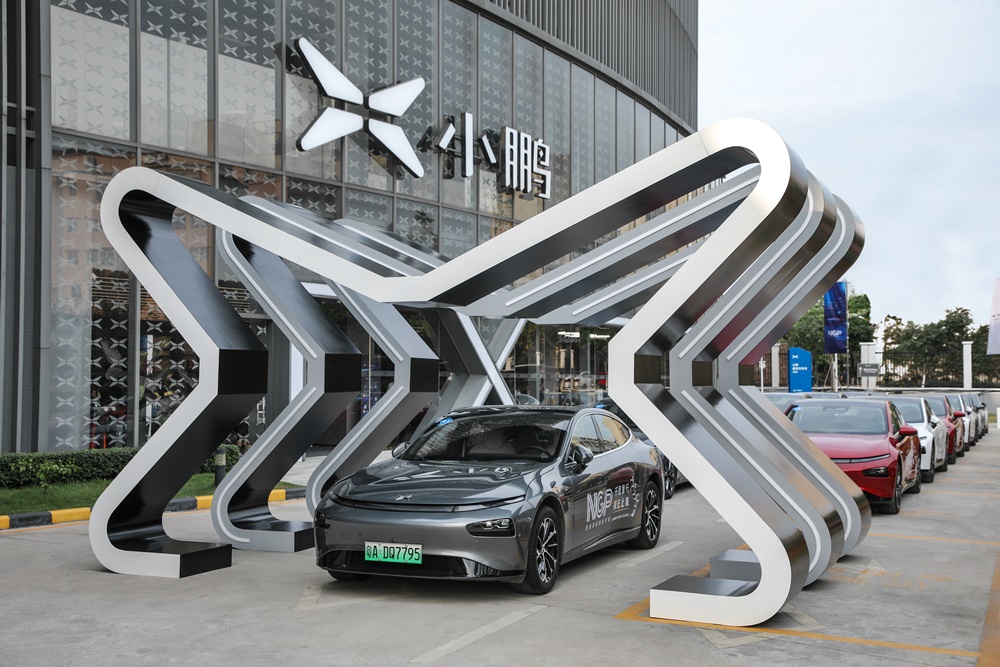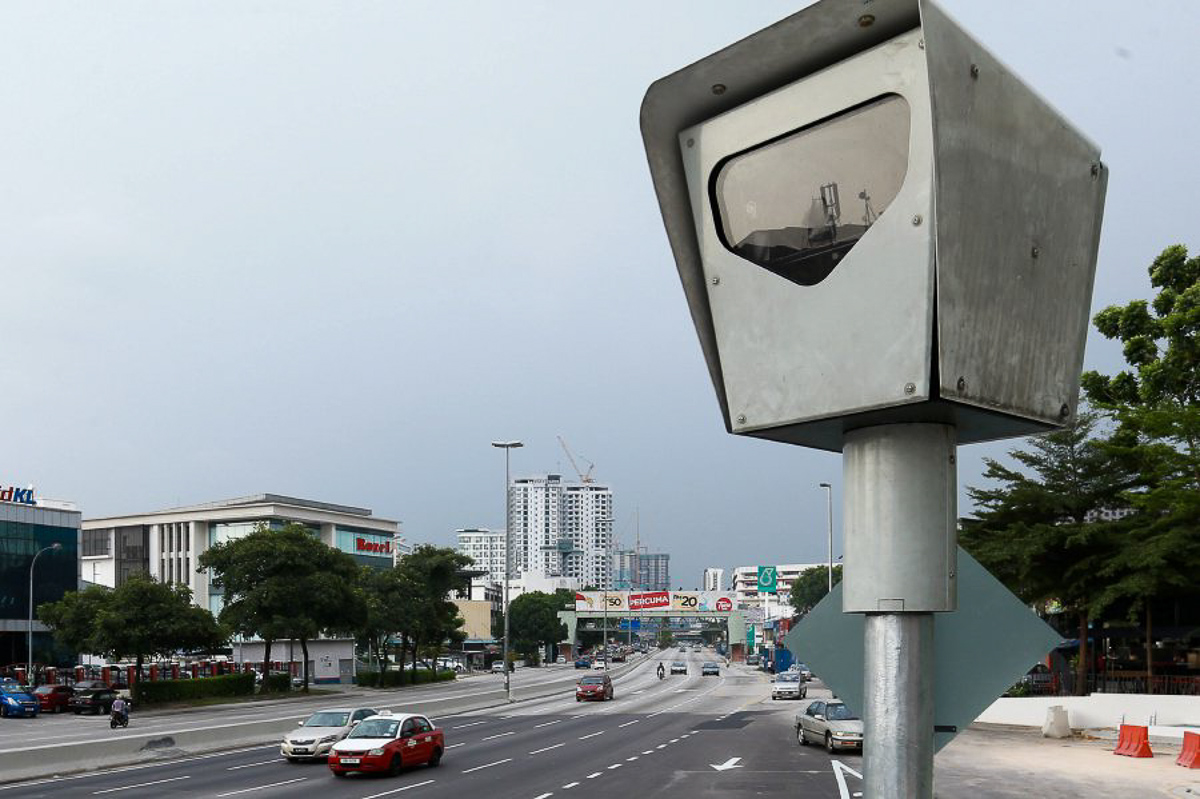Today, Volvo has six SUV models in its range (including electrified variants), all of which are selling well around the world. However, the company was actually late into this segment which began its rapid growth in the 1980s. Mitsubishi Motors and Isuzu had made 4×4 workhorse vehicles into more comfortable dual-purpose vehicles that could be used as alternatives to cars, and then Toyota and Honda lit the ‘SUV mania’ in the mid-1980s with their small SUVs.
Very quickly, other manufacturers began to come out with SUVs, with even the German premium brands including Porsche offering at least one model. But Volvo seemed slow to have a SUV in its range and on occasions when the Swedish executives would be asked, their response would be that they were working on a model but it had to meet the high safety standards of Volvo before they could offer it to the public.
Finally, in January 2002, at the North American International Auto Show, Volvo finally introduced its first SUV – the XC90. Some thought that the carmaker had joined the SUV segment too late although it was true that Volvo was preoccupied with the safety aspects of SUVs, which delayed its new model.
Volvo’s concerns were in part related to the truck-like driving properties which contributed to making them significant roll-over accident statistics. Such vehicles, with extra ground clearance, are taller than passenger cars and so the centre of gravity is higher up, making it easier for the vehicle to tip over in certain cornering situations.
Hans Wikman, Project Director of the XC90, recalls his feelings when the management team inspected the three design alternatives under the burning desert sun at the Arizona Proving Ground in America in May 1999. “We in the project team were a bit tense. The SUV program had been canned twice before. Now we kept our fingers crossed that our favorite design was so good that the executives would approve it without hesitation. And that’s exactly what happened,” he said.
Solving inherent safety issues
But they had to solve the safety issues and were determined to do so when the XC90 was cleared to proceed towards production by Volvo’s top management. And Wikman and his team were able to come up with ingenious approaches to addressing the known issues of SUVs. At that time, Volvo was part of Ford so there resources were shared in doing research on the issues. Ford too wanted active systems that could make its SUVs safer.
The solution was a system called Roll Stability Control (RSC), which was an automotive world-first when it was introduced in the XC90. Using a gyro-sensor, RSC measures the degree and rate at which the vehicle’s body is leaning and if it senses a rollover is about to occur, the system is activated. The electronic stability control system engages, engine torque is reduced and one or more wheels are braked until the car has regained its stability.
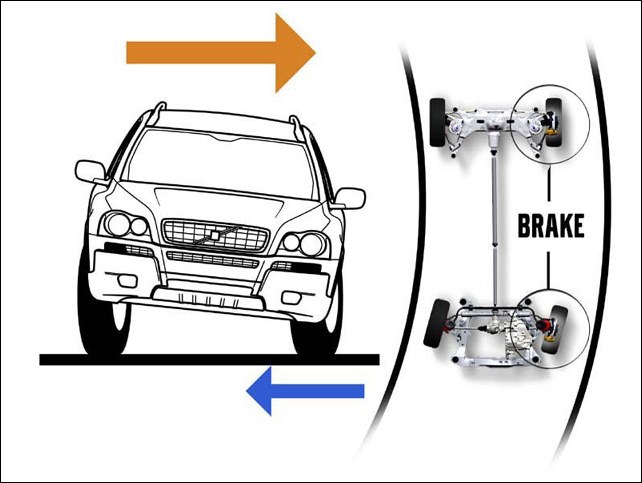
Cooperation between the reinforced roof structure, seat belt pre-tensioners and inflatable side curtains helped create superb roll-over protection for all 7 occupants. This world-class safety level was demonstrated in an unusually tangible way when the Volvo invited the world press to watch a violent roll-over test with the XC90 outside the state-of-the-art Safety Centre in Gothenburg, Sweden.
Demonstration in front of media
The video from the 2002 event, still available on YouTube, shows how the XC90 rolls over three times before ending up on its right side. “The roof structure was more or less intact after the car finished rolling. The spontaneous applause from the media representatives confirms that we made a real impression with this unique demonstration,” said Wikman.
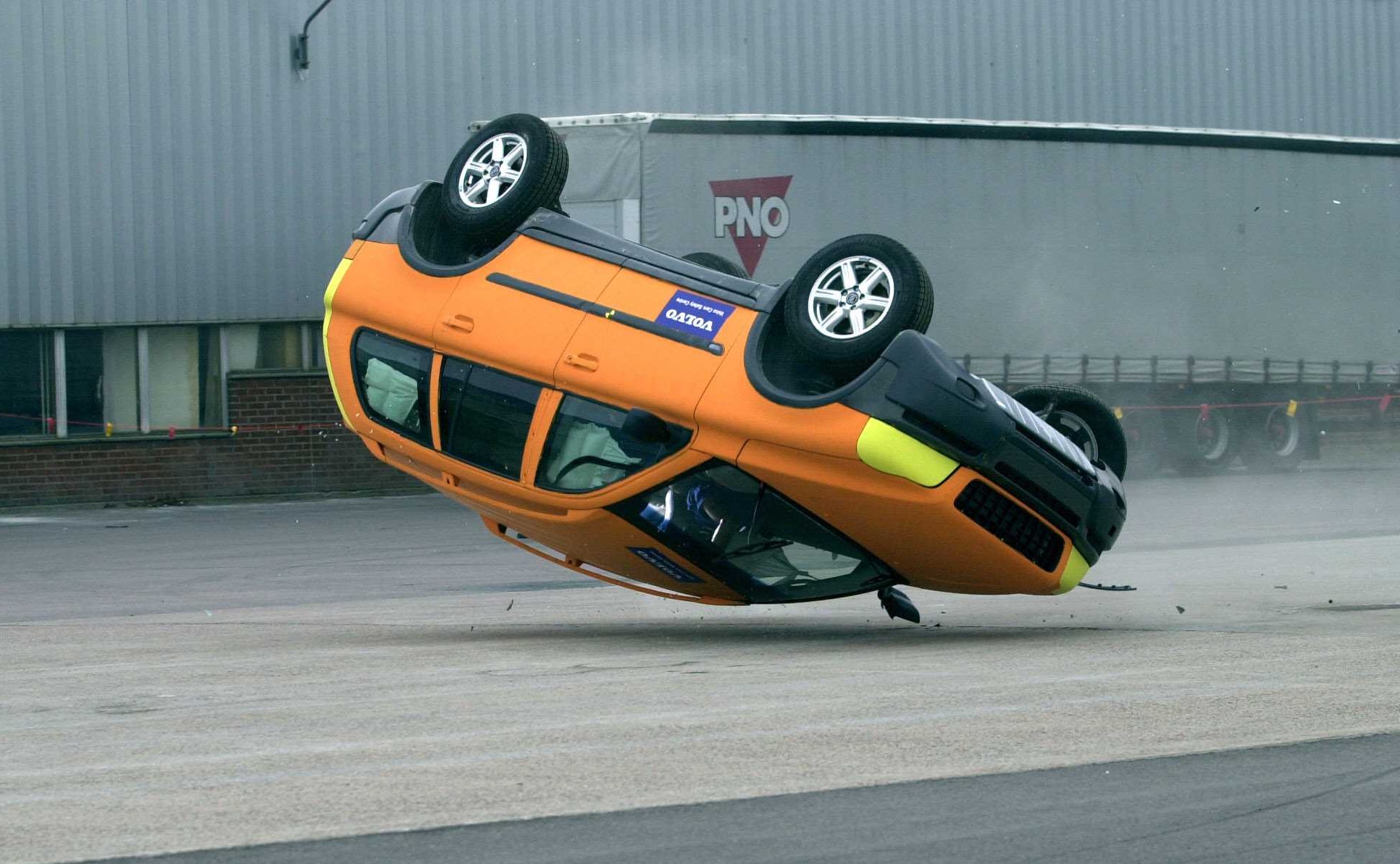
The safety level is also emphasized in the Volvo Car Corporation’s research. The accident investigation files include remarkably few accidents where XC90 occupants have been killed or sustained severe injuries.
Besides the RSC system, the other world-firsts in the new SUV were inflatable side curtains for all three rows of seats, an integrated sliding centre booster seat for children in the second row and seatbelts with pre-tensioners for all seats. The pre-tensioners, now common in cars, remove slack from the seatbelt when there is a collision and the airbags are about to deploy. By doing so, the restraint is more effective and can help to reduce injuries in some cases.
Female feedback for the design
Doug Frasher, working at the Volvo Cars Monitoring and Concept Center (VMCC) in California, was the proud father of the winning design that became the production XC90. And just like the first Ford Escape, the model benefitted from having a female group provide feedback on the design and features. The multi-background reference group, including Swedish Hollywood actress Maud Adams, inspired the shape of the XC90 by asking for masculinity instead of the traditional ‘macho look’ of most SUV’s,
“The model we showed to the management was almost identical to the production XC90 we revealed in Detroit. We had done our homework well, much thanks to our female reference group. A majority of SUVs were driven by women and our ladies gave us great input,” said Frasher.
“I remember one of the ladies making a sweeping gesture that almost sketched the sleek shape of the bonnet flowing up on the A-pillar. We put a lot of effort into creating a design that felt strong and protective without the impression of sheer size. The XC90 was muscular, but not aggressive,” he recalled.
A success story for Volvo
Volvo’s original target for the first XC90 was 50,000 units per year worldwide. However, the model became so popular that the figures grew rapidly until they peaked at 86,000 units in 2005. The US market imported up to 38,800 units in one year. That made it Sweden’s most valuable export product, with total yearly export value over US$6.2 billion in the peak years.

When Volvo drove a car off a building for a crash test (w/VIDEO)


